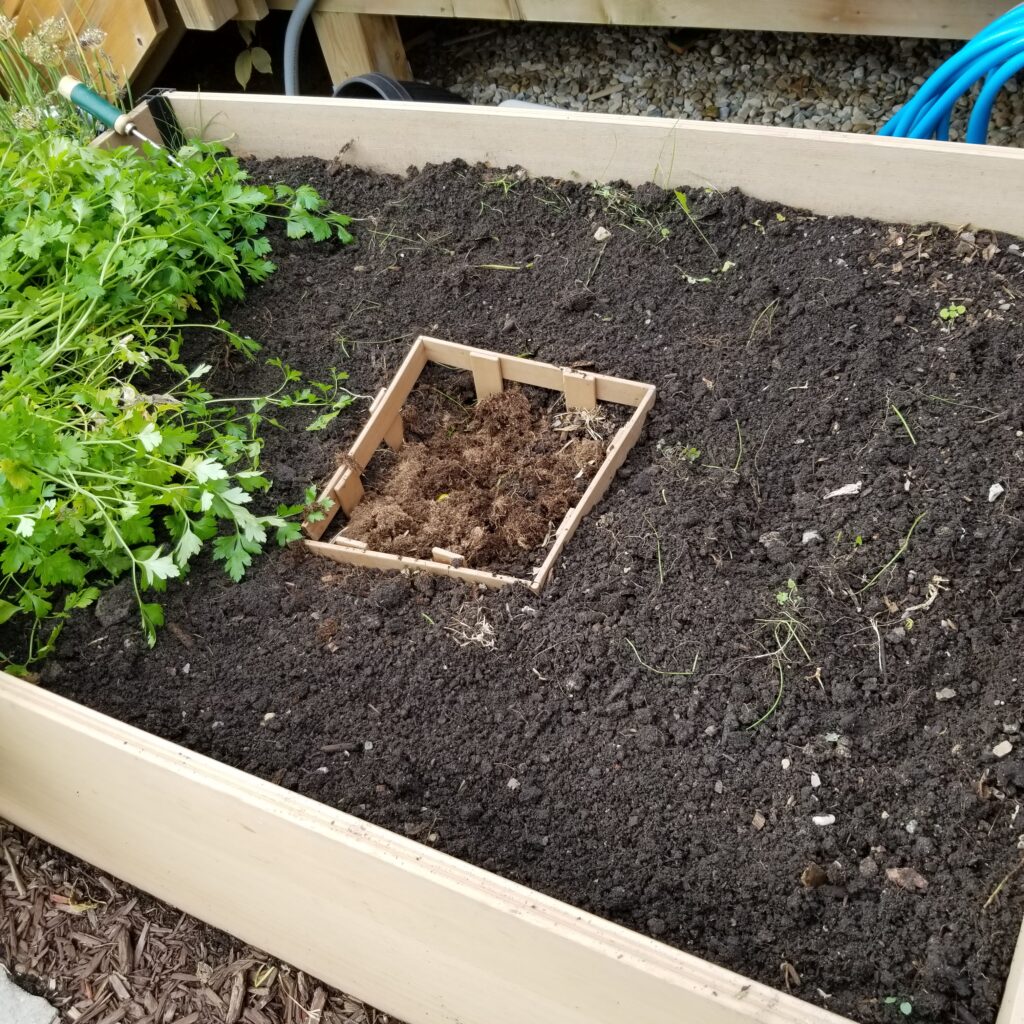
Keyhole Garden composting is an effective and eco-friendly growing method.
How do you compost organic kitchen and garden waste if you have no space for a traditional composter? This was one of the dilemmas I faced when I moved into a new home with a small backyard.
Located on a former tobacco field, the “soil” is pure sand, and I knew it would require considerable amendment with compost – but there was no space for a traditional composter. The solution: a “keyhole garden.”
Keyhole gardens originated in Africa as a nutrient-dense, drought-resistant gardening method that allowed people with infirmities to garden without bending over. Traditional keyhole gardens are round, made of stone, and have a keyhole-like indention leading to the centre of the garden where a compost basket is set to accept garden scraps, greywater, and manure. The gardens are watered through the basket allowing nutrients to permeate throughout the garden.
Example of a traditional low-cost keyhole design.
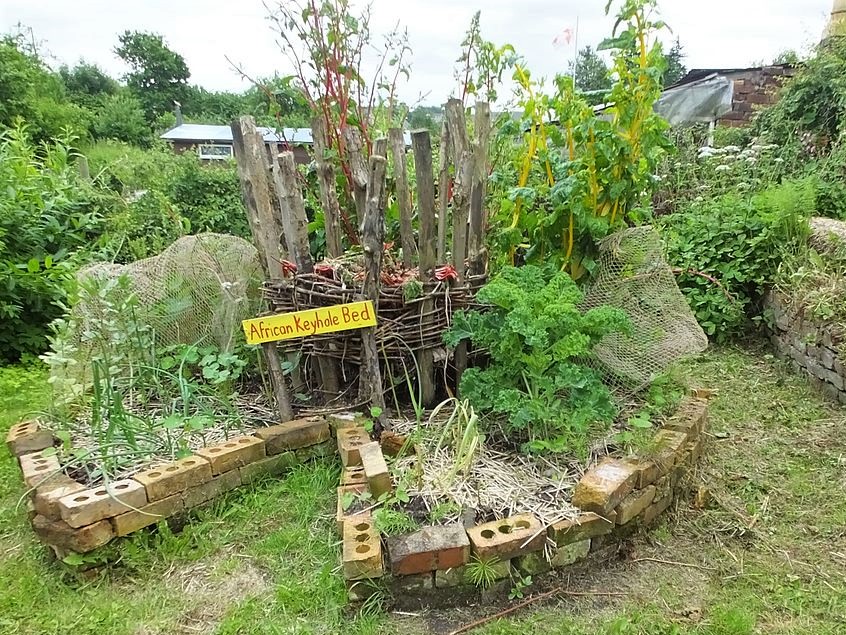
Designing my Keyhole Garden
Some traditional designs use mathematical size formulas for efficiency, however, these metrics are debated by many.
For my space, I created a simple 4’x3’x3’ rectangular raised bed with a composting basket in the centre. I layered the raised beds with cardboard, compost, newspaper, manure, wood ash, dry and clean vegetative matter, and topsoil until it reached the top. And then I let it do its thing over the winter, adding kitchen scraps regularly. It was ready to plant the following spring.
Here’s my simple design:
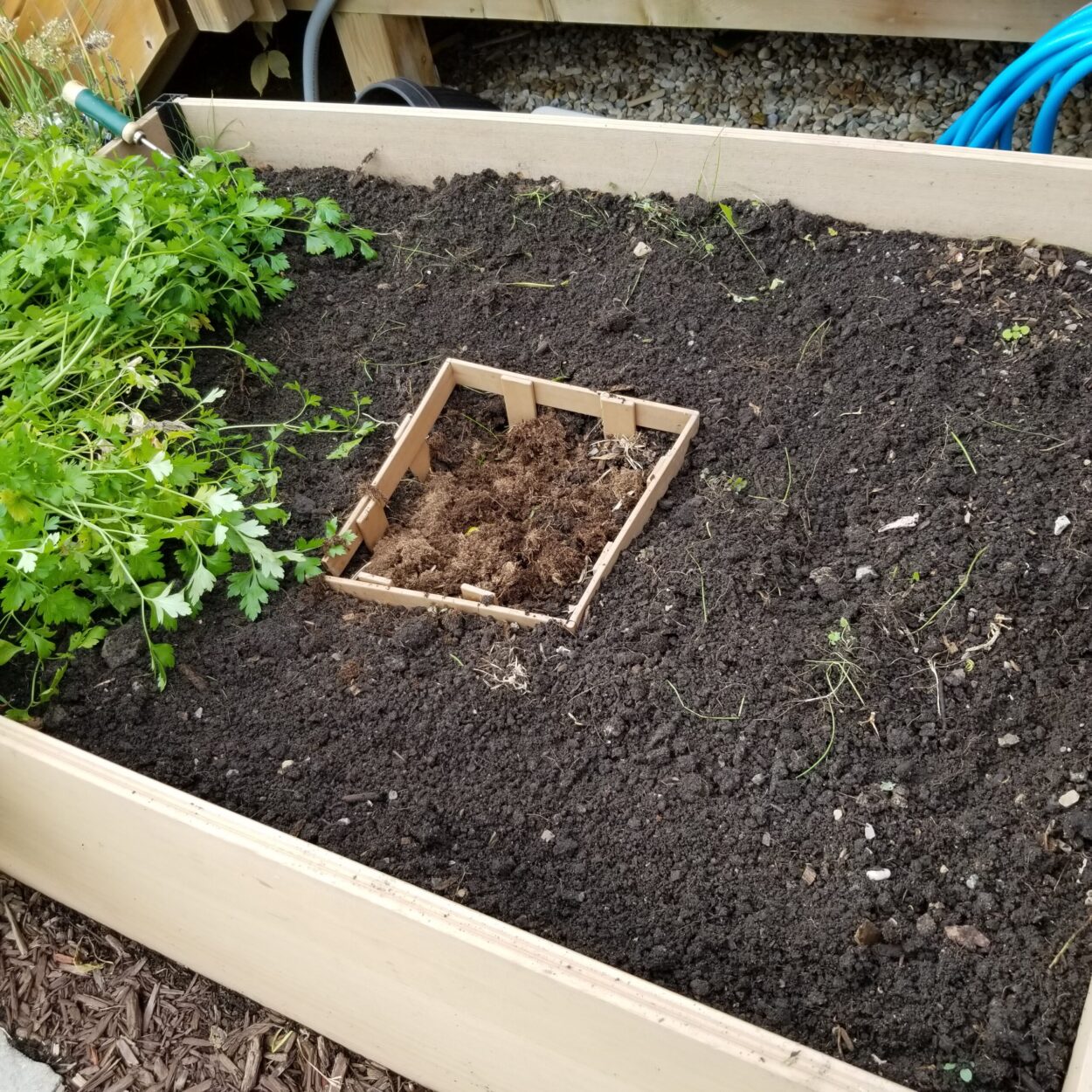 Other designs can be found online as kits you can buy/build such as this very elaborate and attractive large model:
Other designs can be found online as kits you can buy/build such as this very elaborate and attractive large model:
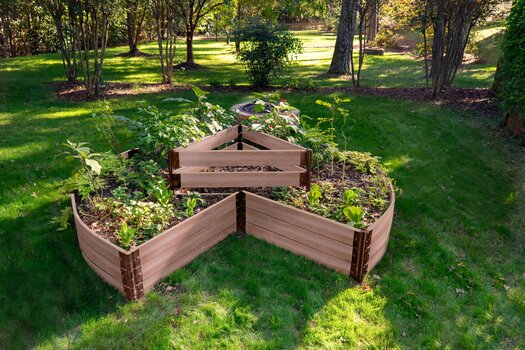
The Keyhole Garden composting method gave me great results!
I have planted a wide variety of vegetables in my keyhole garden and the results have exceeded my expectations. Everything thrived; so much so that I relocated the tomatoes that quickly grew too large for the space!
Despite some concern that the compost would smell, that has not been an issue. After 4 years of year-round use, the baskets continue to have space for additional kitchen scraps. This past spring, I turned the compost (more out of curiosity than need), and was happy to find dark, pliable soil with plenty of worms.
Plans for Future
Next spring, I will don rubber gloves to collect compost from the baskets to amend my garden beds. I plan to retrofit two smaller raised beds with wire compost holes and hope for comparable results.
Conclusion
Even without similar gardening challenges, I recommend considering a keyhole garden. With this smart, environmentally friendly solution you will grow healthy vegetables without fertilizers or excessive watering.
Resources and Related posts
Garden Professors – Tools and Tips for Raised Beds -this is one of our most trusted resources for reliable and science-based information




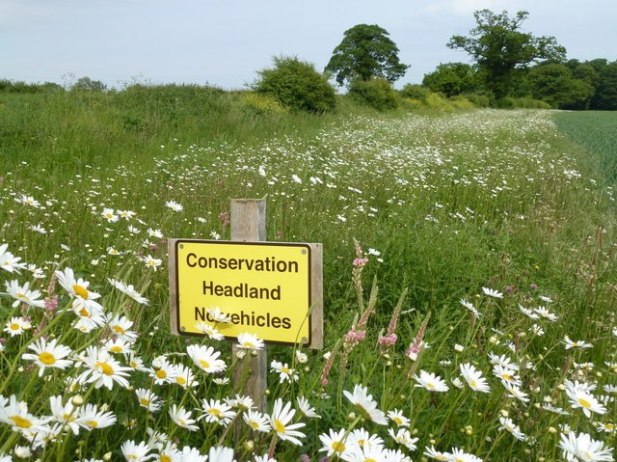
About The Author: Sherree Mahood
Sherree has been an enthusiastic gardener for over 40 years. Her gardens have been in shade, sun, clay, sand, and everything in between. In her current garden, she is focused on creating a small space lifestyle garden that attracts a wide variety of birds, butterflies, and moths.
More posts by Sherree Mahood